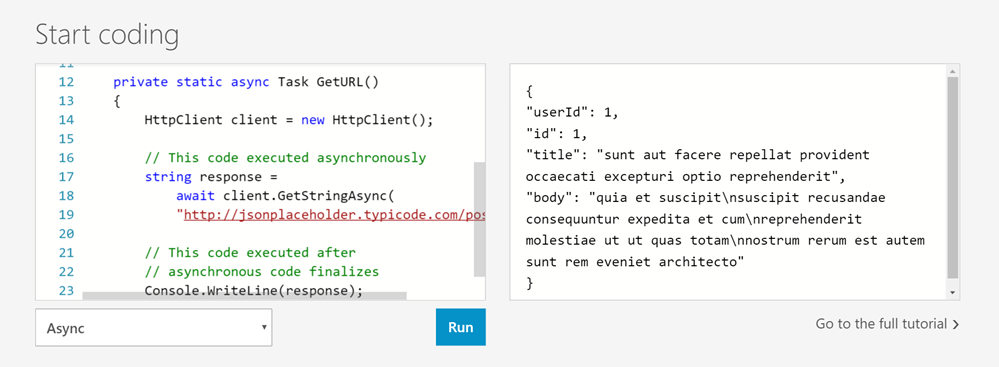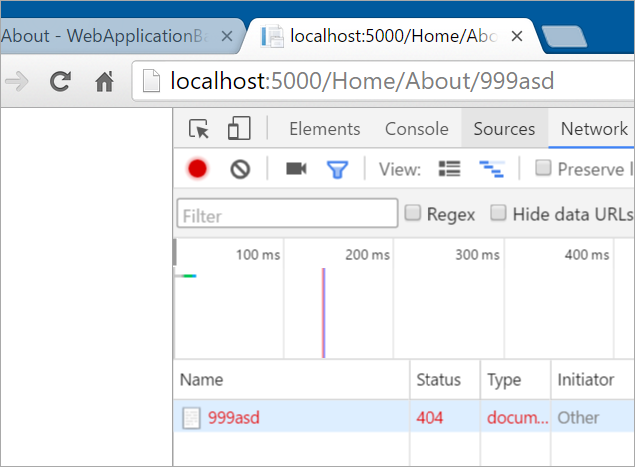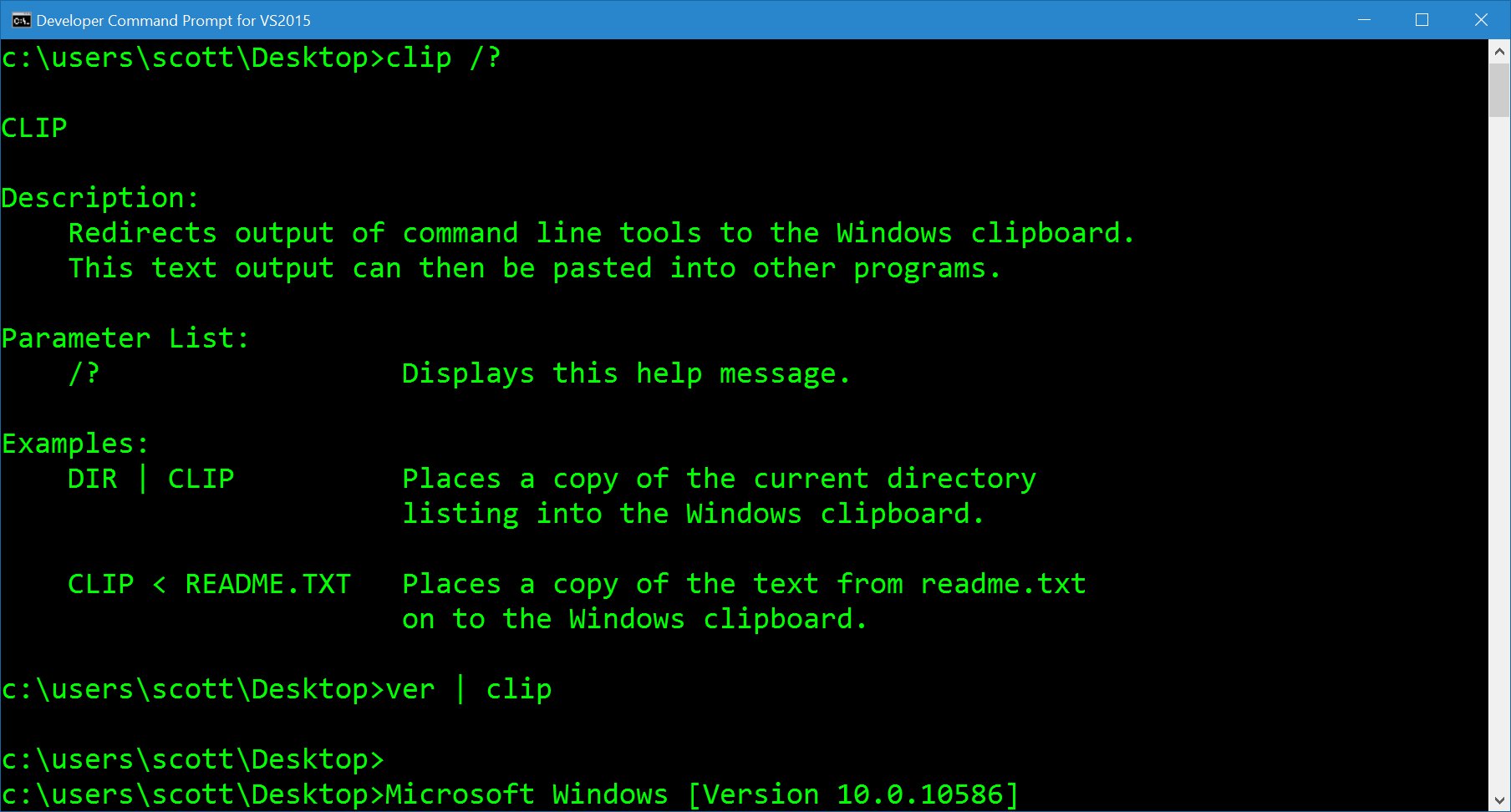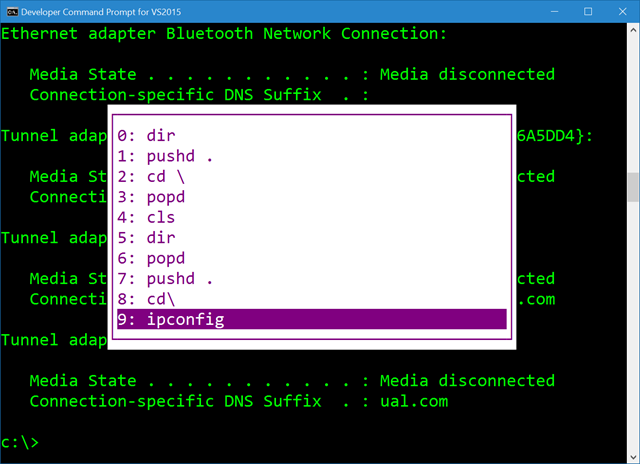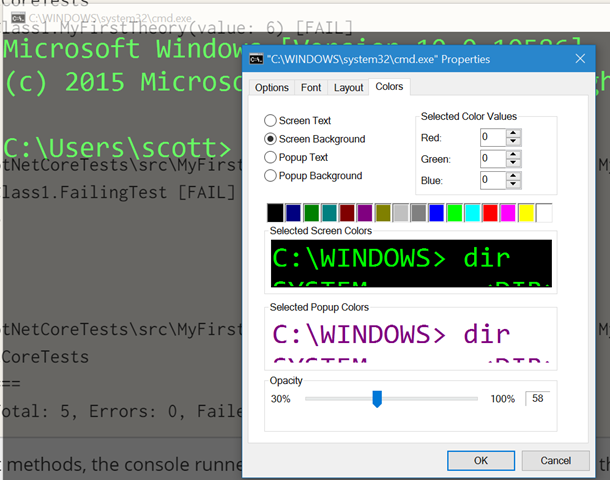Is your stuff backed up? Recovering from a hardware failure
 I had a massive hardware failure over the holiday weekend. I can only tell you what I think happened. I'm not an electrical engineer so if you know more (and I'm sure you do), do feel free to share your thoughts in the comments.
I had a massive hardware failure over the holiday weekend. I can only tell you what I think happened. I'm not an electrical engineer so if you know more (and I'm sure you do), do feel free to share your thoughts in the comments.
For my main machine in my home office I'm running the Ultimate PC that Jeff Atwood was so kind to build for me a few years back. It's not the Ultimate anymore, but I will say it's still VERY competent. I've upgraded the memory, video card, and SSD (more on the SSD in a moment) and it's a great machine and very very fast.
The tower was connected to an APC 850VA UPS that had worked nicely for a while. I replace just the batteries in my UPS's every 18-24 months. This last week the UPS started a low "scream" so I went over to check it out. It had turned off suddenly, so the PC and all the accessories were also off. I turned it back on and there was a series of snaps and pops, another screen, followed by a non-trivial amount of smoke and a burning electrical smell.
When it was all over, the main fuse of the house had popped, the UPS was dead and smoking, and the power supply in my computer was dead and smoking. Ugh.
I headed down to the local electronics shop and bought a new 1000W power supply, a new APC BR1000G, and went to town, rebuilding my machine. After redoing all the cables and stuff...it didn't boot. I didn't even see the hard drive (SSD). The drive is a Crucial c300. I loved this drive and it worked great for like 6 years...and now it's dead. Turns out that these Crucial drives are known to die when they lose power quickly. I tried to bring it back to live using all the various forums and whitepapers about this known issue, but nope. It's dead.
OK, so have I lost data? What now? Fortunately I backup my systems. And I hope you, Dear Reader, also backup as well.
Stop reading this now and please, think about your backups. Do you have one? Have you tested to see if you can restore from your backups?
Backups always succeed. It's restores that fail. Test your backups by restoring from them.
I've got a number of backups because I practice the Backup Rule of Three.
- 3 copies of anything you care about - Two isn't enough if it's important.
- 2 different formats - Example: Dropbox+DVDs or Hard Drive+Memory Stick or CD+Crash Plan, or more
- 1 off-site backup - If the house burns down, how will you get your memories back?
Here's what my backup situation is/was and how I restored.
While you can use Imaging Software and restore an entire image of Windows or Mac, I find that reinstalling Windows takes less than an hour. I keep a bootable USB key of Windows 10 around. You can also download an ISO and make a USB key quickly. You don't usually need an activation key if you're reinstalling Windows. In my case, I installed the new drive, booted off the USB, signed into Windows with my Live ID (Microsoft Account) and it picked up my Windows license already.
Windows File History
I have a 4TB external drive on my desk that uses Windows 10 File History. This is like the Mac Time Machine feature. It's one of the best little "hidden" features of Windows 10 and everyone should use it. It's actually been around for years. My Documents, Desktop, and any other folders I want are automatically backed up as often as I want. I have a backup going every 30 min and I never think about it. It just works, and I don't notice any performance issues.
In this case, I *did* have crap on my desktop that wasn't in Dropbox and wasn't yet backed up to the cloud. I just hooked up the drive and restored from File History. I literally lost nothing. All my desktop crap was restored in place. If you have an external drive that you always have hooked up but it's not really getting use, setup File History in just minutes.
Multiple Cloud-based Backups
I have a number of clouds in my backup rotation:
- GitHub - I have github repos, both private and public for code.
- DropBox - My primary cloud files backup
- OneDrive for Business - My work cloud files backup
- Synology - I love my Synology. It's a complete home NAS Server with massive storage, RAID, VPN, Docker, and so much more. A daily joy and a local cloud.
- CrashPlan - I keep TBs up there and pay them happily for the service.
Related Links
Here's some additional reading on ways to back up your system. Please do also help non-technical relative back up their stuff as well. Every week I hear about someone working on their PhD thesis losing their whole life's work an instant. Backup is a system and it CAN be automatic.
- The Computer Backup Rule of Three
- A basic non-cloud-based personal backup strategy
- On Losing Data and a Family Backup Strategy
What do you do for backup?
Sponsor: Many thanks to my friends at Stackify for sponsoring the feed this week! it’s what being a developer is all about so do it the best you can. That’s why Stackify built Prefix. No .NET profiler is easier or more powerful. You’re 2 clicks and $0 away, so build on! Prefix.io.
About Scott
Scott Hanselman is a former professor, former Chief Architect in finance, now speaker, consultant, father, diabetic, and Microsoft employee. He is a failed stand-up comic, a cornrower, and a book author.
About Newsletter


